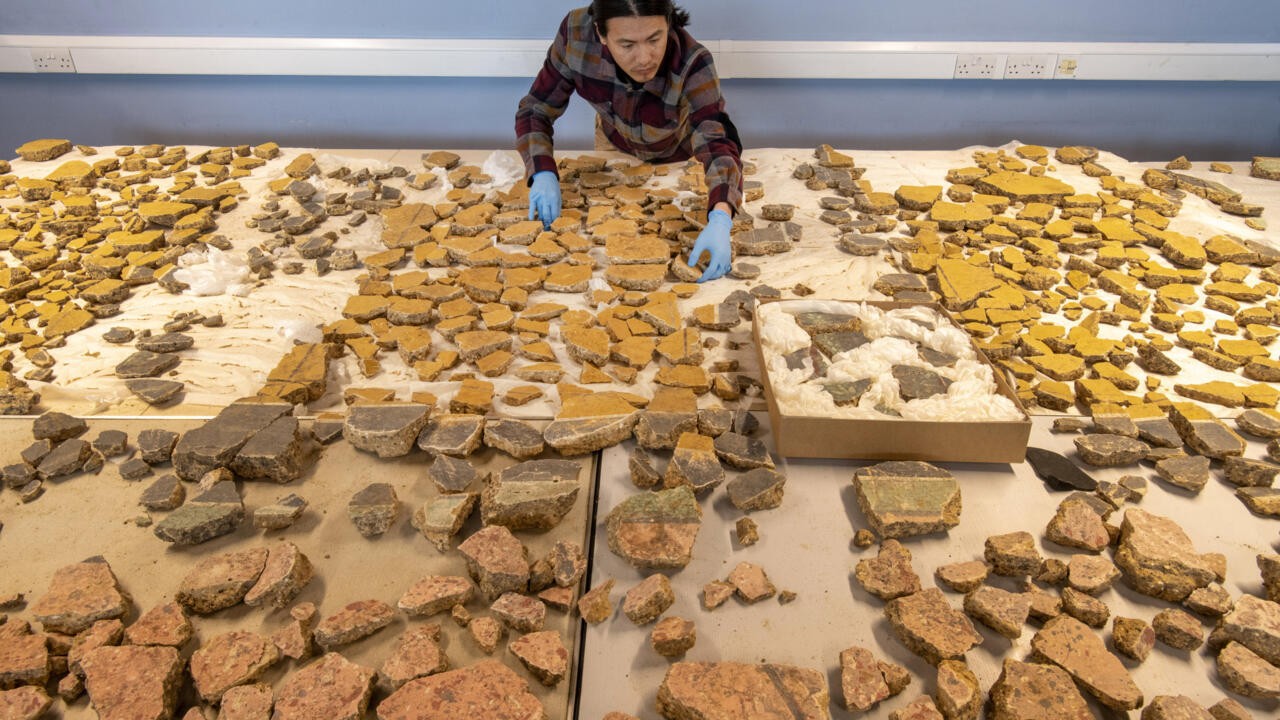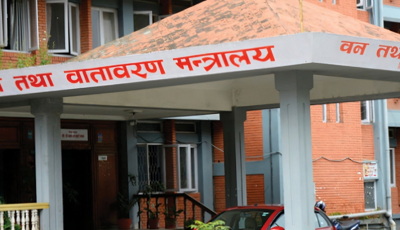2,000-Year-Old Roman Wall Paintings Unearthed in London

Archaeologists in London have unearthed one of the largest and most significant collections of painted Roman wall plaster ever discovered in the city, according to a statement released Thursday.
The fragments, uncovered in 2021 at a construction site in Southwark on the south bank of the River Thames once adorned approximately 20 interior walls of a high-status Roman building dating from around AD 43 to 150, the Museum of London Archaeology (MOLA) reported.
The painted plaster was found dumped in a large pit, shattered into thousands of fragments—likely during Roman demolition works carried out before AD 200.
Han Li, MOLA’s Senior Building Material Specialist, has spent the past three months carefully sorting and reconstructing the plaster pieces.
“This has been a once-in-a-lifetime discovery,” Li said. “I felt a mix of excitement and nervousness as I began to lay out the fragments. Many were extremely fragile, and since pieces from different walls had been jumbled together, it felt like assembling the world’s most difficult jigsaw puzzle.”
The meticulous reconstruction has revealed vibrant yellow panels adorned with vivid images of birds, fruits, flowers, and lyres motifs that have not been seen in nearly 1,800 years.
Among the fragments are signs of a painter’s signature, although the artist’s name was not preserved, and rare graffiti written in the ancient Greek alphabet. One particularly striking piece features the face of a weeping woman, styled with a Flavian-era (AD 69–96) hairstyle.
This discovery adds to a growing body of Roman-era finds from the same site, which has also yielded intricate mosaics and a rare Roman mausoleum, underscoring Southwark’s significance as a cultural and residential hub in ancient Londinium.












तपाईको प्रतिक्रिया दिनुहोस